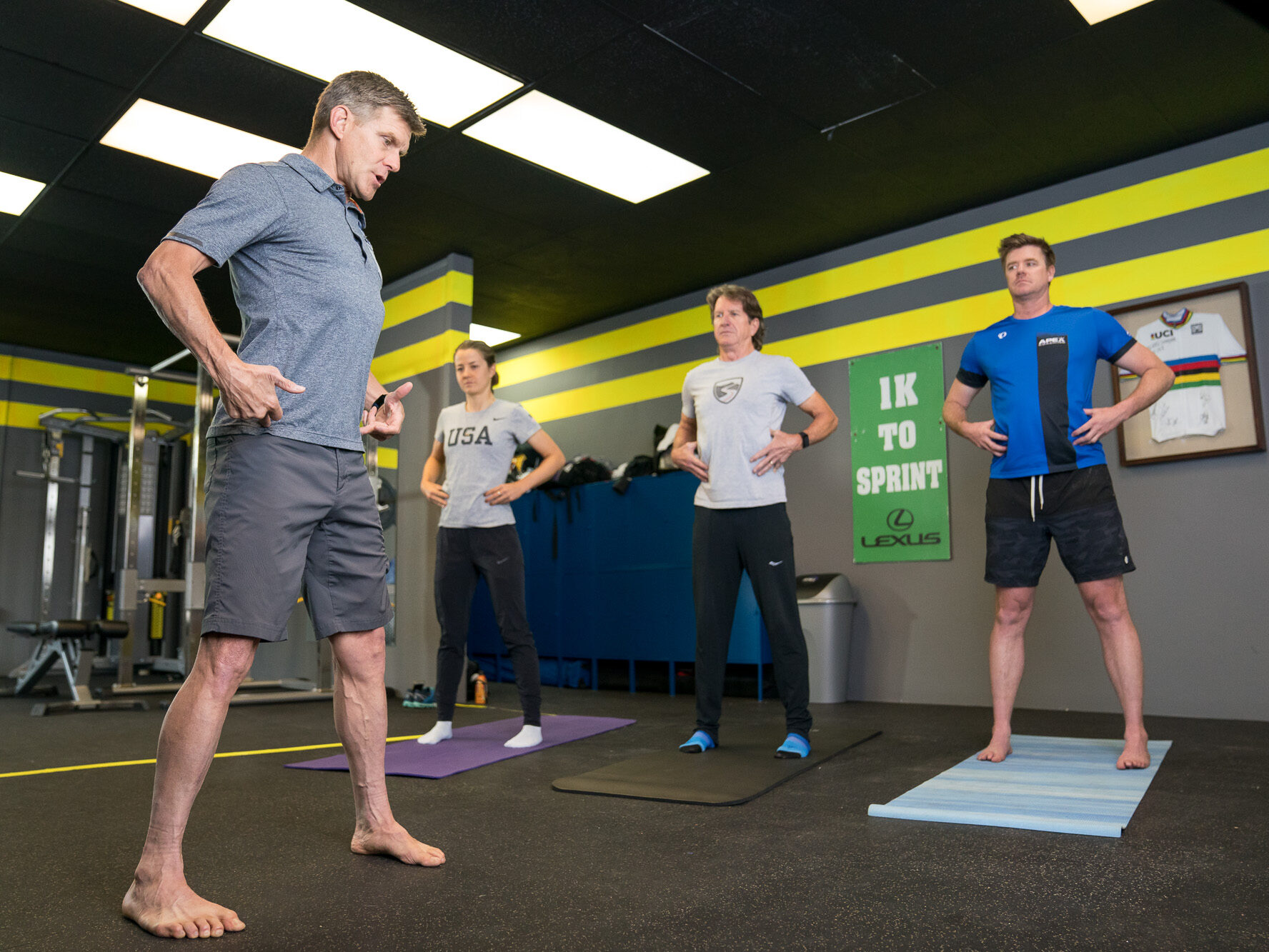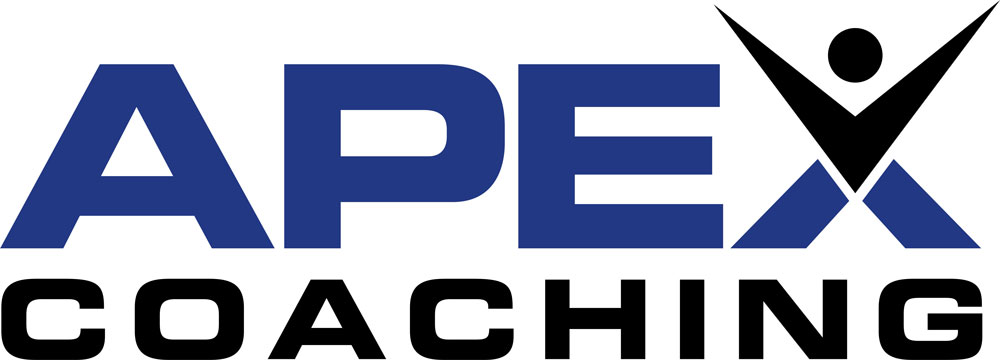
Endurance athletes are well-acquainted with the physical demands their sports place on their bodies. Whether it’s running, cycling, swimming, or nordic skiing, these activities require more than just cardiovascular fitness. Because endurance sports by nature are made up of repetitive patterns it is important to address the chronic strain that is placed on support tissues.
A critical and often overlooked component of sustained athletic performance is lumbar and pelvic stability. This foundation is essential not only for enhancing performance but even more importantly, for preventing injuries that often arise from pattern overload.
First off, let’s start with the idea of structural integrity. Simply put, ‘Structural integrity’ refers to the synergistic capacity of musculoskeletal (MSK) chains to operate in balance for effective force transfer and movement efficiency. ‘Structural tolerance’ refers to the capacity of tendons, ligaments and joints to withstand a progressive increase in physical training and muscle work.
Basically this implies that we can maintain structure against external load, ie. gravity, and external forces. Our bodies operate best when in balance. Meaning joint range of motion, force production and ability to withstand external forces are at their peak when we have balanced tension throughout the body.
Proper alignment is critical for optimal muscle function due to the fact that muscles rely on information from sensory receptors inside the muscle and tendons. If a muscle has too much or too little tension on it because of misalignment, the sensory input to the muscle can be diminished and interfere with proper timing and intensity of contraction which causes instability and unwanted movement in the spine or pelvis. This very often leads to compensation from other muscles trying to regain stability and if left unchecked, pattern overload, pain and injury.
So, how do we maintain proper alignment to keep the body balanced?
Structural integrity and proper alignment start with good posture. Living upright (with good posture – chin in, shoulders neutral, and breathing into your abdomen) is a great start but this is hardly enough to combat thousands of hours of training in compromised positions, (rounded shoulders, shortened hip flexors, etc). The fact is that you have to spend some time addressing muscle imbalances, mobilizing restricted tissue and strengthening weak tissue.
The four letter word…
By now you are no doubt tired and cringe every time you hear the word CORE. Ok, maybe that’s me. To me “core” is misunderstood and misused. I won’t go into that here but for now I’ll refer to this area as your torso, which I believe gives us a better understanding of what structures and tissues are involved.
Our torso is everything between your hips and shoulders, inclusive; and in case you haven’t noticed, has a cylindrical shape created by the rib cage and pelvis. Included in this giant cylinder is your lumbar spine. Even though these structures are not muscles their position has a lot to do with how our body functions. Attached to these bony structures are muscles, tendons and fascia tissue that runs in multiple directions, criss-crossing and overlapping in order to give you the ability to generate force and restrict unwanted movement in nearly every conceivable direction. The bony structures, (ribs, spine and pelvis) in conjunction with muscular tension provide the platform for you to generate power, and a suspension to absorb external loads and carry things.
What’s the point?
We are designed to generate and resist movement in many planes of motion. Nearly every movement and activity that we participate in requires engagement through your torso. Developing and maintaining a healthy relationship between your pelvis and lumbar spine will facilitate coordinated movement patterns, balance, stability, posture, breathing and power generation through your extremities.
In order to achieve this you want to ensure that you stimulate and strengthen all of these muscles on a regular basis rather than constantly repeating the same pattern over and over. No muscles that work alone. You will always have a primary mover and you will always have muscles that assist either as an agonist (helper) or antagonist (opposing or stabilizing). Because of this it is important to change up your strength and stability work so that you get a good distribution of stimulus. Doing a side plank isometric hold is different from doing an oblique leg lift or side crunch on a ball and the contractions that you get from picking up a heavy weight is different from doing a crunch.
How do you work all of this in? Here are some effective strategies and exercises:
There are many ways to achieve this without spending hours a week and I find that the variety works best to keep things fresh. Taking 5-10 minutes to do a short focused session a few times a week keeps muscles firing properly and well tensioned without creating deep fatigue. I suggest starting with super basic moves and focusing on controlling unwanted movement; like doing a bird dog or single leg bridge with ZERO hip rotation. It’s often harder than you think. I recommend starting with moves that focus on your lateral abdominals and glutes and low back.
Adding a strength session a couple times a week (if you are not doing it) allows for a completely different type of load to the torso. Especially if you are doing a couple of compound moves like a squat or deadlift.
The point is that you should not take structural integrity for granted. You have to maintain your equipment if you expect it to perform. Riding doesn’t do it. This is the foundation that all of your power will be generated from. So, a little attention will go a long way.
Below are a variety of activities that you can employ to improve your pelvic and lumbar stability. Start slow and focus first on controlling unwanted movement.
Targeted Strengthening Exercises
- Planks and Variations: Planks are excellent for building endurance and strength in the core. Variations such as side planks and planks with leg lifts can target different muscles and add an element of stability challenge.
- Bridges: Glute bridges and single leg bridges with a rotation are great for strengthening the pelvic area and the lower back, promoting better stability.
- Anti-Rotation Exercises: Exercises like the Pallof press, cable rotations, and Russian twists can enhance rotary stability by challenging the core to resist unwanted twisting motions.
- Change the Speed: Alternate between isometric holds and controlled movements, or combine the two by holding for 2-3 seconds in the shortened position
Stability and Balance Training
- Single-Leg Exercises: Activities like single-leg deadlifts or single-leg squats challenge the stability of the pelvis and engage the core muscles to maintain balance.
- Balance Boards and Stability Balls: These tools can be used to perform various exercises that enhance proprioception and stability, making the core work harder to maintain equilibrium. (Use with caution- a little instability recruits neural input-too much shuts it down. Start with single leg exercises before adding a tool and ensure that you are clear of dangerous obstacles.
Mobility Work
- Dynamic Stretching and Mobility Drills: Ensuring that the muscles around the pelvis and lumbar spine are flexible and mobile can prevent tightness and improve stability. Exercises such as leg swings, hip circles, and hip hinges can be effective.
- Foam Rolling: Regular foam rolling can help release muscle tension and improve flexibility, contributing to better overall stability.
- Mobility work and foam rolling can be very helpful in opening up tight muscles but it is NOT a substitute for strength.
Traditional Strength Training
- Compound Movements: Exercises like squats, deadlifts, and overhead presses engage multiple muscle groups and load the entire body. These compound movements are essential for building overall strength and endurance, which support lumbar and pelvic stability.
- Explosive Moves: Moves like medicine ball throws and kettle bell thrusts are excellent for generating intra abdominal pressure pressure and tension throughout the entire torso.
In the end there are many ways to train the muscles of the torso to ensure proper lumbar and pelvic stability. The key is to do it consistently. I personally believe that variety and diversity are important. Every athlete that I work with does a combination of AMS (Activation, Mobility & Stability) several times a week along with loaded strength training as the focus and demands are very different from each other but rely on the benefits gained from the diversity. These exercises are different for each but are made of things mentioned above.
Author Jeff Hoobler is a cycling and strength coach with over 25 years of experience working with athletes of all levels from beginners to world champions. He has a degree in Sports Psychology and Exercise Science from the University of Kansas and is a Certified Strength and Conditioning Specialist through the National Strength and Conditioning Association. In addition, he is a MAT (Muscle Activation Techniques) therapist, Foundations Training Instructor and USAC Level 3 Cycling coach. He has successfully trained and coached athletes from many different sports, from the field to the road. He works with endurance athletes to help them better understand their unique biomechanical demands, improve strength and overcome obstacles in order to maximize performance.

